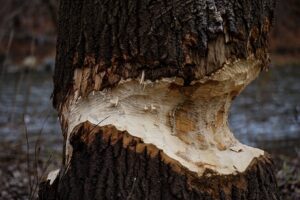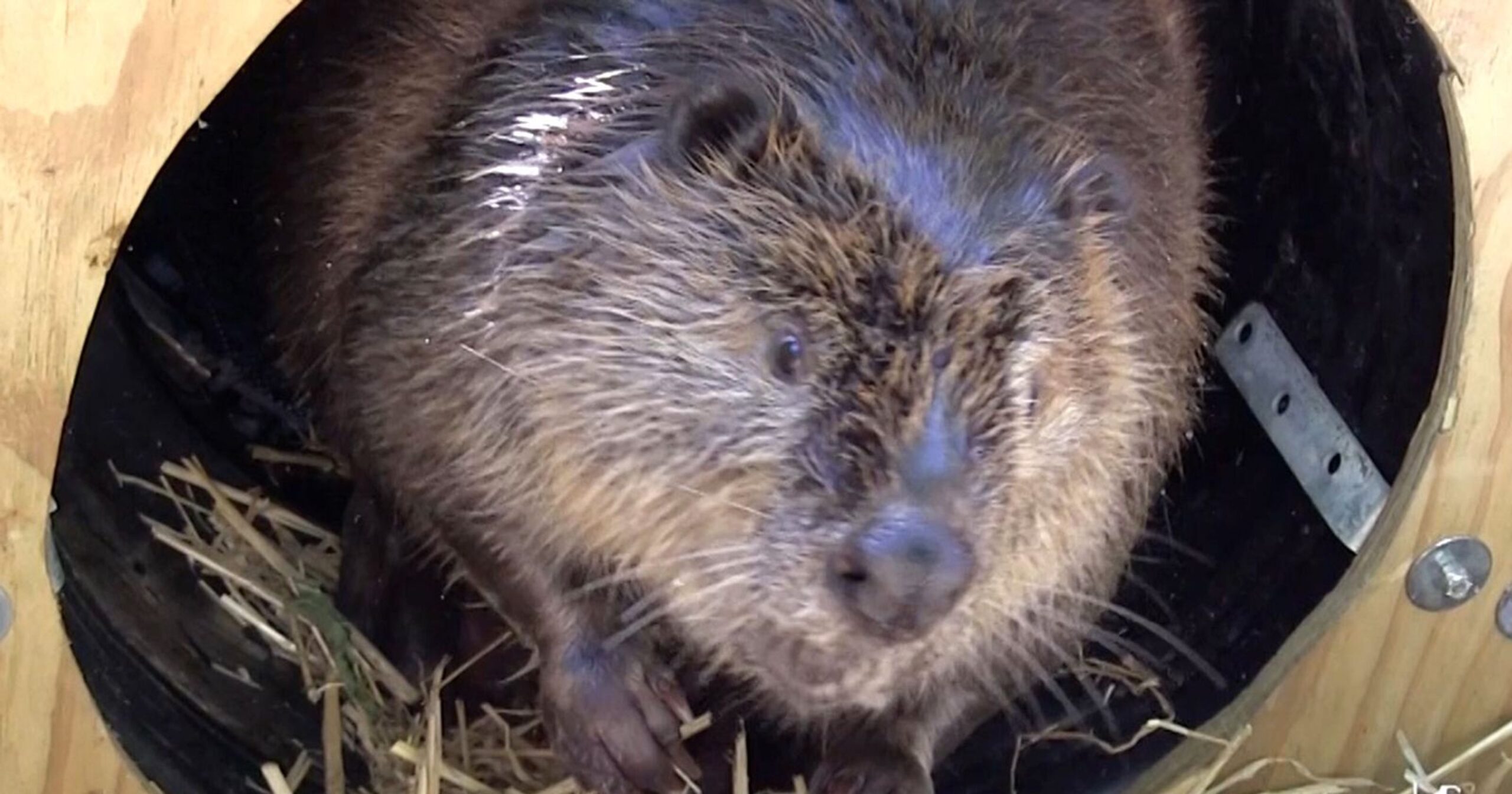Why did the Beaver’s Leave in the First Place?
Beavers, like many other varieties of wildlife, suffered at the hands of human expansion. The Native Americans consumed beaver meat, but their reliance on the animals did not cause a significant dent in the numbers. The real challenge came later when the Europeans arrived in the Americas. Beavers were hunted for their fur which was highly demanded by the European fashion industry. As a result, beavers became rare in Wisconsin in the late nineteenth century and afterward, they were all gone.Who or What is Responsible for Their Return?
The establishment of a suitable environment has led to a return of the beavers. An arboretum (a botanical garden devoted to trees) established and maintained by the Urban Ecology Center has restored the environment that beavers find suitable for living. The restoration took place along the banks of the Milwaukee River. This along with the removal of the North Avenue dam and the availability of clean water has led to a gradual return as the beavers are attracted by the restored space. Families of beavers have since been migrating from the areas upstream. Instead of attempting the mammoth task of damming the Milwaukee river the animals set up their home on the east bank. Of course, it also means that some of the work put into creating the arboretum has been reversed as well. But the team working on the project appears undaunted. They are in support of the return of the animals and accept the destruction of some trees as a part of the natural order. The return of beavers means Milwaukee residents must be vigilant for flooding caused by beaver dams. The loss of greenery is also a consequence of beaver activity. Among the trees that tend to suffer at the hand (or more accurately teeth) of beavers are the white poplar and green ash.



